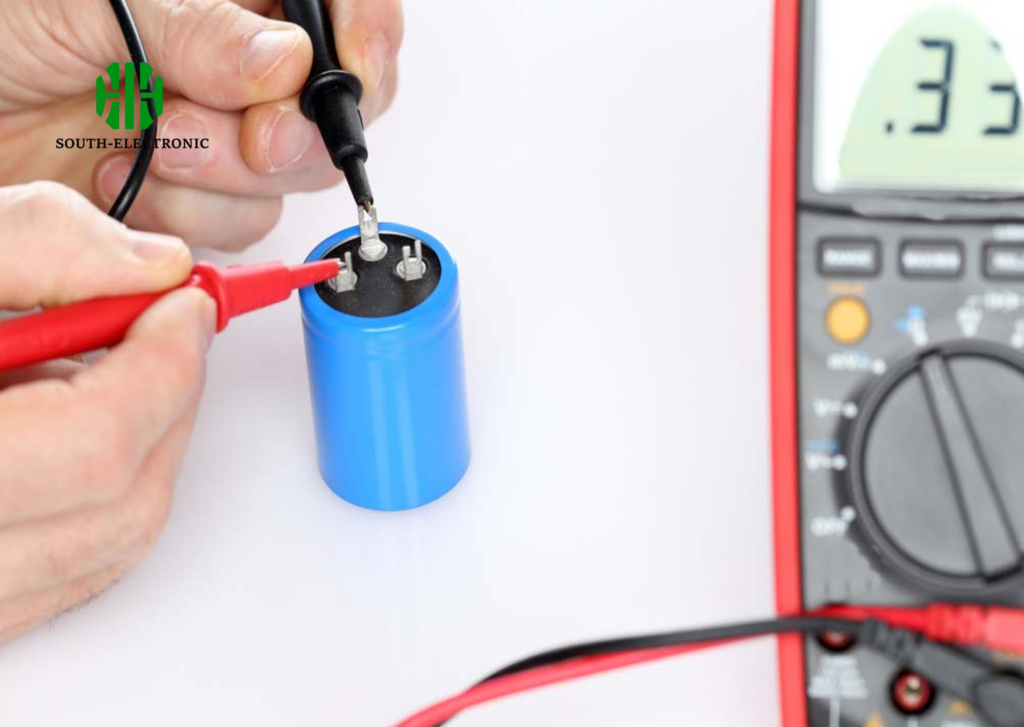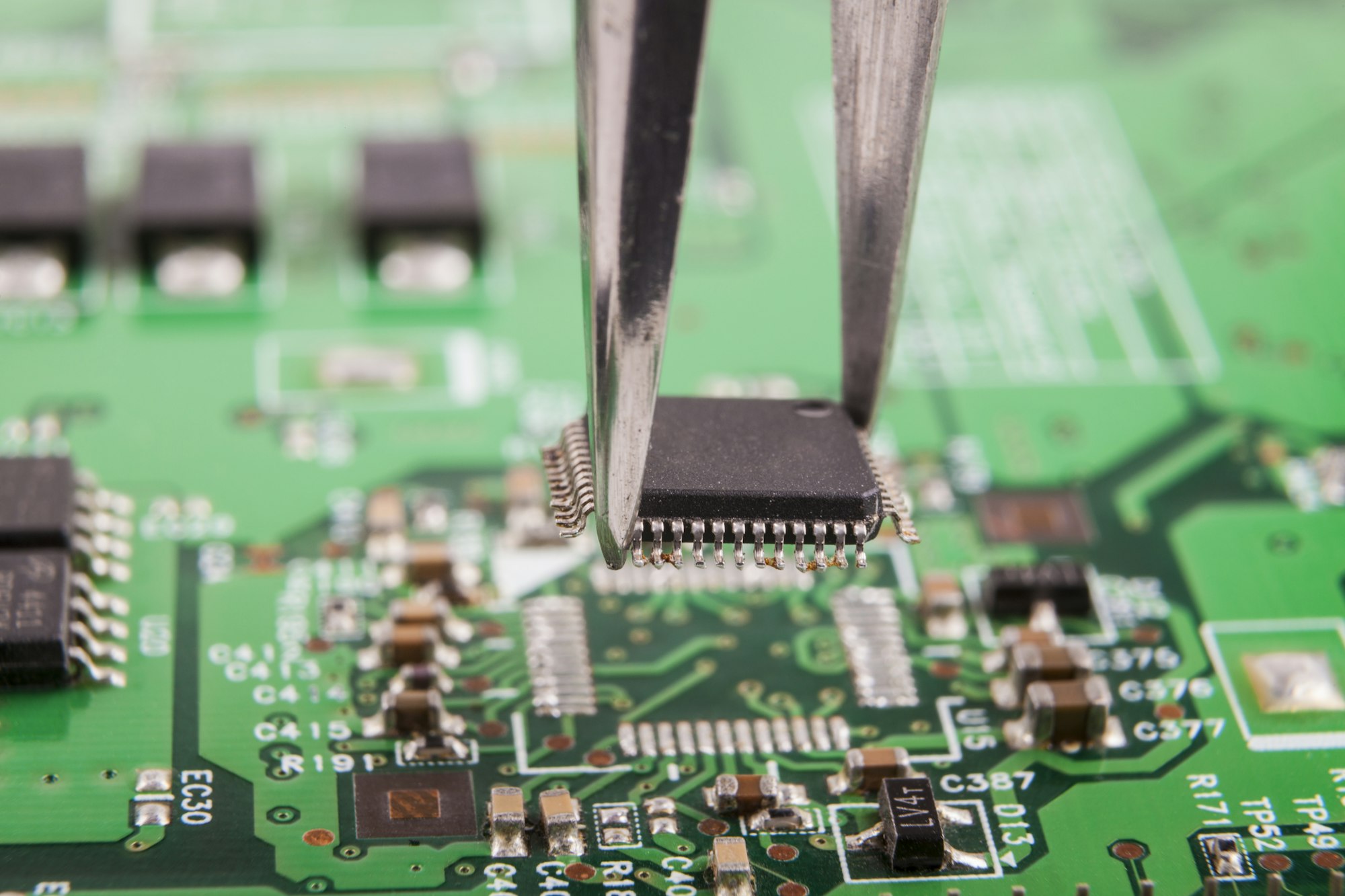Do Capacitors Have Polarity?
Capacitors, depending on their type, may or may not have polarity. Non-polarized capacitors, like ceramic and film types, can be connected in any direction. Polarized capacitors, such as electrolytic and tantalum capacitors, must be correctly oriented to avoid damage. Electrolytic capacitors often have a negative stripe and longer positive lead, while tantalum capacitors are marked with a “+” for the positive side. Always check the manufacturer’s markings or datasheet to confirm the polarity before installation in a circuit.

Types of Polarized Capacitors
In polarized capacitors, correct polarity is vital to ensure the component functions correctly and safely. Incorrect polarity can lead to capacitor failure and potential damage to the circuit.
- Electrolytic Capacitors:These are the most common type of polarized capacitors. They have a higher capacitance per unit volume compared to other types, making them suitable for power supply and audio applications.
- Tantalum Capacitors:Known for their stability and reliability, tantalum capacitors are used in applications where space is a constraint and performance is critical.
- Supercapacitors:These capacitors have a very high capacitance and are used in applications requiring rapid charging and discharging cycles, such as backup power supplies and energy storage systems.

Methods to Determine Polarity
- Visual Inspection:Look for the markings on the capacitor body. The positive terminal is usually marked with a plus sign or a stripe.
- Using a Multimeter:A multimeter can help determine the polarity of a capacitor. Set the multimeter to the capacitance setting, connect the leads, and check the reading. If the reading is negative, reverse the leads.
- Circuit Board Clues:On circuit boards, the positive terminal is often marked with a plus sign or a dot. The placement and orientation of other components can also provide clues.
- Capacitor Testing Equipment:Advanced testing equipment can accurately measure and identify capacitor polarity, especially useful for large-scale testing and manufacturing.
Capacitor Failure Symptoms and Causes
| Symptom | Possible Cause |
|---|---|
| Bulging | Overvoltage, incorrect polarity |
| Leaking electrolyte | Physical damage, aging |
| Burnt smell | Overheating, short circuit |

Consequences of Incorrect Polarity
- Circuit Damage:Connecting a polarized capacitor incorrectly can cause significant damage to the circuit, leading to malfunction or failure.
- Capacitor Failure:Incorrect polarity can cause the capacitor to overheat, leak, or even explode. Signs of capacitor failure include bulging, leaking electrolyte, or a burnt smell.
- Safety Concerns:Incorrectly connected capacitors can pose safety hazards, including electrical shock and fire. Always ensure capacitors are correctly oriented before powering the circuit.
Tips for Handling Capacitors
- Storage and Safety:Store capacitors in a cool, dry place to prevent deterioration. Handle with care to avoid damage to the leads and body.
- Installation Tips:Ensure the capacitor’s polarity is correctly oriented according to the circuit diagram. Use the correct soldering technique to avoid overheating the capacitor.
- Maintenance and Testing:Regularly check capacitors for signs of wear or damage. Use a multimeter to test capacitance and ensure they are functioning correctly.
Understanding and correctly identifying capacitor polarity is essential for the safe and effective operation of electronic circuits. Always check the markings, use appropriate tools, and follow best practices to ensure your capacitors are correctly oriented and functioning as intended.



